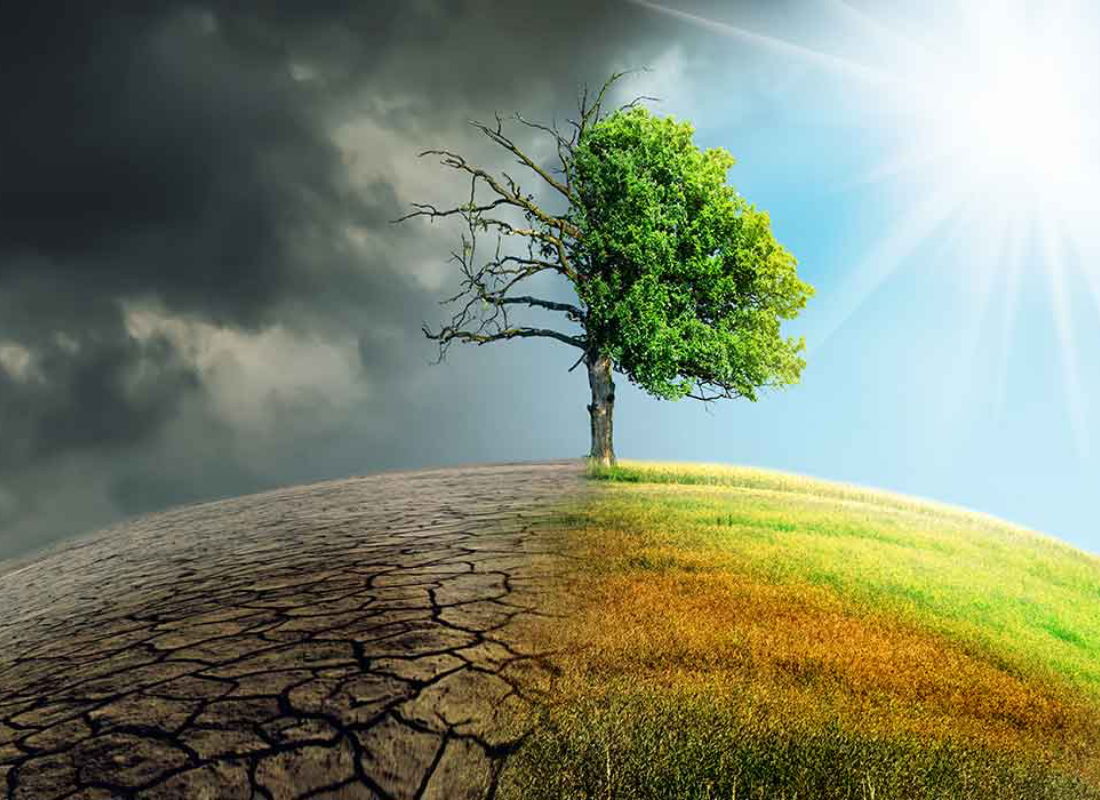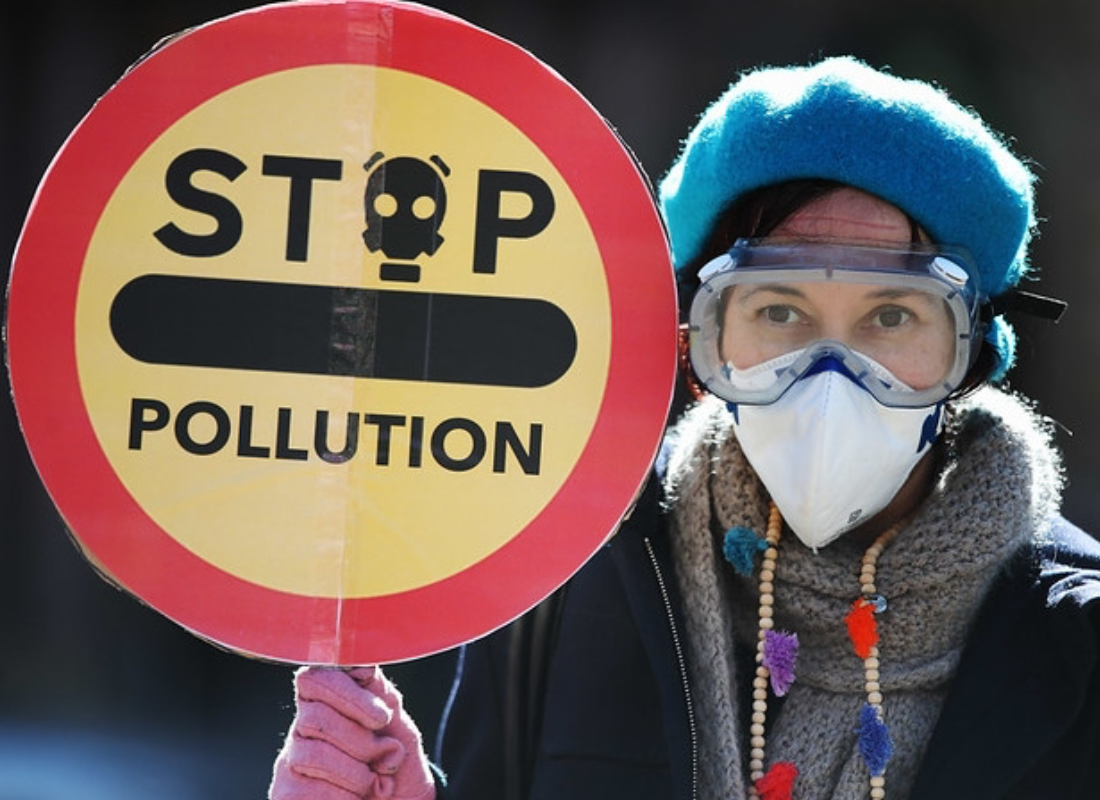
Pollution, in its various forms, has significant impacts on human health and the environment. Below, we explore the major types of pollution and their specific health risks.
1. Air Pollution

Sources:
- Industrial emissions
- Vehicle exhaust
- Agricultural activities
- Household combustion devices
Health Risks:
- Respiratory Diseases: Prolonged exposure to polluted air can cause chronic respiratory diseases such as asthma, bronchitis, and chronic obstructive pulmonary disease (COPD). Fine particulate matter (PM2.5) and ground-level ozone are particularly harmful.
- Cardiovascular Issues: Air pollution is linked to an increased risk of heart attacks, strokes, and hypertension. Pollutants such as nitrogen dioxide (NO2) and sulfur dioxide (SO2) contribute to these conditions.
- Cancer: Long-term exposure to certain air pollutants, including benzene, formaldehyde, and polycyclic aromatic hydrocarbons (PAHs), has been associated with higher rates of cancer, particularly lung cancer.
- Developmental and Reproductive Effects: Air pollution can affect prenatal development, leading to low birth weight, preterm birth, and developmental disorders. It may also impact fertility and reproductive health.
2. Water Pollution

Sources:
- Industrial discharge
- Agricultural runoff
- Sewage and wastewater
- Oil spills
Health Risks:
- Waterborne Diseases: Contaminated water can transmit diseases such as cholera, dysentery, and hepatitis. Pathogens from sewage and agricultural runoff are primary culprits.
- Chemical Contamination: Exposure to chemicals like lead, arsenic, mercury, and pesticides in drinking water can lead to poisoning, developmental disorders, and long-term health issues such as cancer and neurological damage.
- Endocrine Disruptors: Chemicals such as pharmaceuticals and pesticides can interfere with hormonal systems, leading to reproductive health problems, developmental issues in children, and increased cancer risk.
3. Soil Pollution

Sources:
- Pesticides and fertilizers
- Industrial waste
- Illegal dumping
- Mining activities
Health Risks:
- Direct Contact: Direct contact with contaminated soil can cause skin irritation, rashes, and infections. Children playing in polluted areas are particularly vulnerable.
- Food Chain Contamination: Pollutants in soil can be absorbed by crops, leading to the accumulation of toxins in food. This can result in chronic health conditions such as cancer, kidney damage, and developmental disorders.
- Dust and Particulates: Soil pollution can lead to the release of harmful dust and particulates into the air, exacerbating respiratory and cardiovascular conditions.
4. Noise Pollution

Sources:
- Traffic and transportation
- Industrial activities
- Urban development
- Recreational activities
Health Risks:
- Hearing Loss: Prolonged exposure to high noise levels can cause hearing loss and tinnitus.
- Stress and Mental Health: Noise pollution is linked to increased stress levels, anxiety, and depression. Chronic noise exposure can disrupt sleep and lead to cardiovascular problems.
- Cognitive Impairment: Noise pollution can negatively affect cognitive development in children, impacting learning and memory.
5. Light Pollution

Sources:
- Urban lighting
- Street lights
- Advertising billboards
- Nighttime sports events
Health Risks:
- Sleep Disorders: Exposure to artificial light at night can disrupt circadian rhythms, leading to sleep disorders, fatigue, and decreased productivity.
- Mental Health: Disrupted sleep patterns are associated with mental health issues such as depression and anxiety.
- Chronic Diseases: Long-term exposure to light pollution is linked to an increased risk of chronic conditions, including obesity, diabetes, and certain types of cancer, particularly breast and prostate cancer.
Conclusion

Pollution in its many forms poses severe health risks, impacting respiratory, cardiovascular, and neurological systems, among others. Addressing these issues requires comprehensive strategies, including stricter regulations, public awareness campaigns, and individual actions to reduce pollution sources and mitigate their effects. By understanding the health risks associated with various types of pollution, society can take informed steps to protect human health and the environment.
Sources:
https://www.unep.org/interactive/how-to-beat-pollution/
https://www.dcceew.gov.au/environment/protection/npi/reducing-pollution
https://www.niehs.nih.gov/health/topics/agents/air-pollution
https://www.who.int/news-room/spotlight/how-air-pollution-is-destroying-our-health




